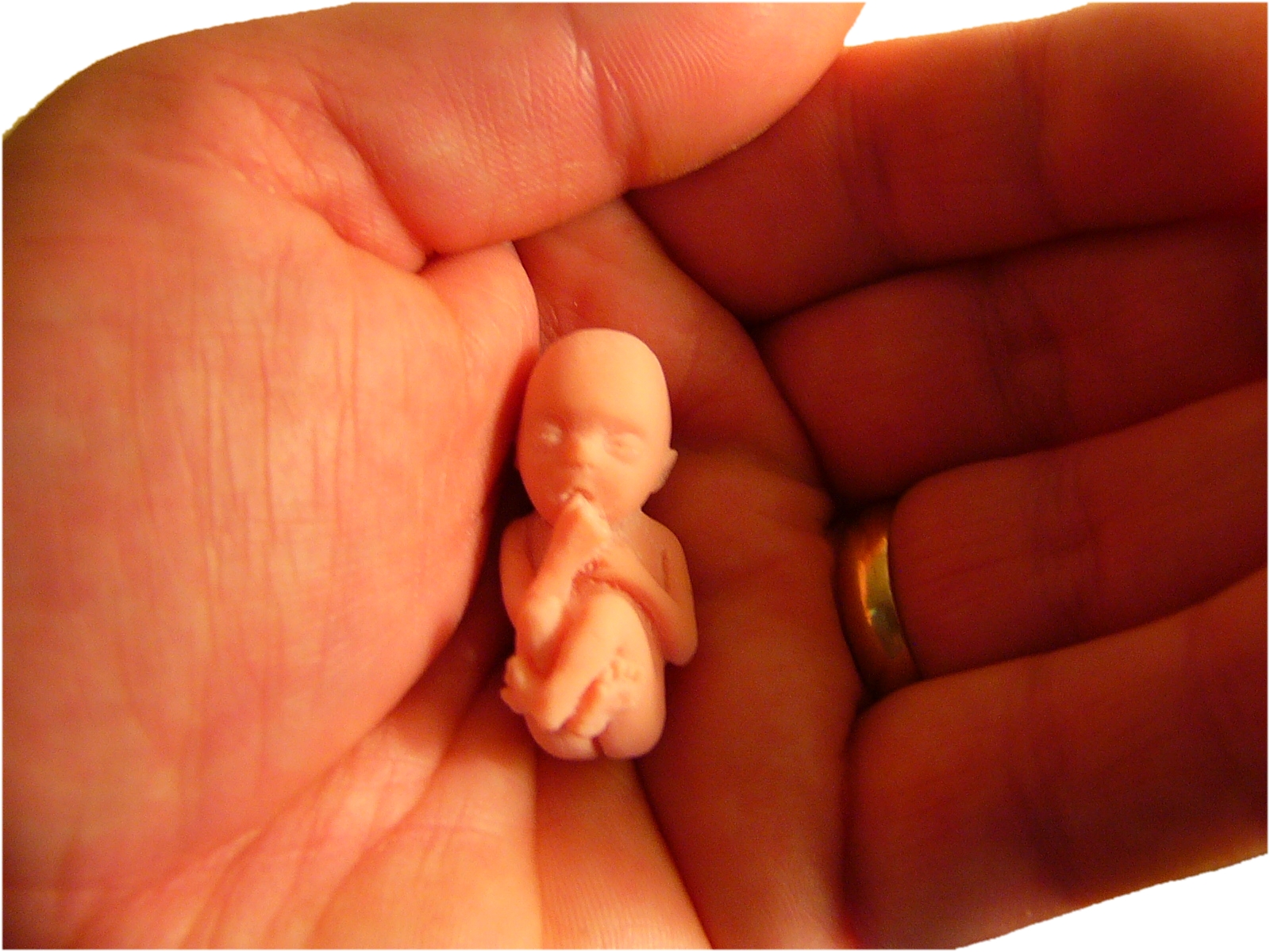WEDNESDAY, June 29, 2016 (HealthDay News) — In the ongoing crisis around Zika-linked birth defects, attention has been largely focused on infants born with too-small heads, or microcephaly.
However, a new report suggests that newborns with normal-sized heads may also sometimes be affected by the mosquito-borne virus, including brain damage.
Of the more than 600 cases of “definite or probable” Zika virus infection in Brazilian infants involved in the new study, more than 100 had head circumferences within the normal range, researchers reported June 29 in The Lancet.
“Therefore, the current focus on microcephaly screening alone is too narrow,” study lead author Cesar Victora, of the Federal University of Pelotas, in Brazil, said in a journal news release.
“Although we believe that the underreporting of microcephaly cases is rare during the epidemic, newborns infected with the virus late in pregnancy may go unreported due to their head size being within normal range,” Victora said.
He also noted that another sign of maternal Zika infection — a rash in late pregnancy — was also absent in one-third of the cases.
In some cases, women experienced the Zika-linked rash in late pregnancy and delivered babies with brain damage — even though their babies were born with normal-sized heads.
Victora’s team noted that a baby’s skull typically finishes its development by week 30 of gestation, suggesting that Zika infection in newborns might be causing brain damage without the telltale sign of microcephaly.
“Our findings suggest that among pregnancies affected by Zika virus, some fetuses will have brain abnormalities and microcephaly, others will have abnormalities with normal head sizes, and others will not be affected,” Victora said.
Brazilian experts Dr. Jorg Heukelbach of the University of Ceara, and Dr. Guilherme Loureiro Werneck of the University of Rio de Janeiro, wrote a journal commentary on the new findings. They explained that what’s sorely needed is a definitive test for Zika infection.
“The development of an accurate [blood] test that could be incorporated into routine prenatal care will be essential, and its validation a research priority,” the two experts wrote.
A second study, published the same day in The Lancet, strengthened the case that maternal Zika infection does cause birth defects.
Researchers in Brazil said they detected Zika virus in autopsied brain tissue of a baby with microcephaly who died two months after birth, as well as in the brain tissue of two other affected babies who died shortly after being born. Similar evidence was also found in placental tissue from two fetuses whose mothers suffered a miscarriage at 11 and 13 weeks of pregnancy.
In Latin America, thousands of babies have already been born with microcephaly. No nation has been more affected than Brazil. As a result of the Zika epidemic, more than 7,000 cases of microcephaly have been reported there, according to the journal news release.
Meanwhile, the search for an effective vaccine against Zika continues. On Tuesday, researchers announced that studies involving mice support the effectiveness of two vaccine candidates against the Zika virus.
This “critical first step” is leading to trials in monkeys and humans, “and gives us early confidence that development of a protective Zika virus vaccine for humans is feasible,” said researcher Col. Nelson Michael.
He is co-leader of the Walter Reed Army Institute of Research (WRAIR) in Silver Spring, Md., and one member of a team involved in the search for a vaccine against the mosquito-borne virus.
A vaccine effective against Zika would be invaluable. Reporting June 28 in the journal Nature, researchers said one of the new shots was developed at Harvard Medical School in Boston and is partly based on a Zika strain isolated in Brazil.
The other vaccine, using a strain isolated in Puerto Rico, has been developed by Michael’s team at WRAIR.
Both vaccines shielded mice against Zika infection with just a single shot required, the researchers said.
Clinical trials in humans are scheduled to begin later in 2016, the scientists said.
The Zika threat to the United States is real, according to Dr. Tom Frieden, who directs the U.S. Centers for Disease Control and Prevention. Speaking earlier in June, he warned, “in coming months it’s possible that thousands of pregnant women in Puerto Rico could become infected with Zika. This could lead to dozens or hundreds of infants being born with microcephaly in the coming year.”
So far the CDC says there have been no local transmissions of Zika reported in the United States. However, the number of cases of infection among pregnant women keeps climbing.
As of June 16, the U.S. Centers for Disease Control and Prevention reported 265 cases of pregnant women on the U.S. mainland who have been infected with Zika, which typically involves relatively mild symptoms in most adults. However, it can cause devastating birth defects in babies that include microcephaly.
Zika is typically transmitted via the bite of the Aedes aegypti mosquito. But, transmission of the virus through sex is more common than previously thought, World Health Organization officials have said.
Women of child-bearing age who live in an active Zika region should protect themselves from mosquitoes by wearing long-sleeved shirts and long pants, using mosquito repellent when outside, and staying indoors as much as possible, according to the CDC.
U.S. health officials have said they expect to see Zika infections in Gulf Coast states such as Florida, Louisiana and Texas as mosquito season ramps up.
More information
Visit the U.S. Centers for Disease Control and Prevention for more on the Zika virus.
This Q&A will tell you what you need to know about Zika.
To see the CDC list of sites where Zika virus is active and may pose a threat to pregnant women, click here.
Copyright © 2025 HealthDay. All rights reserved.

